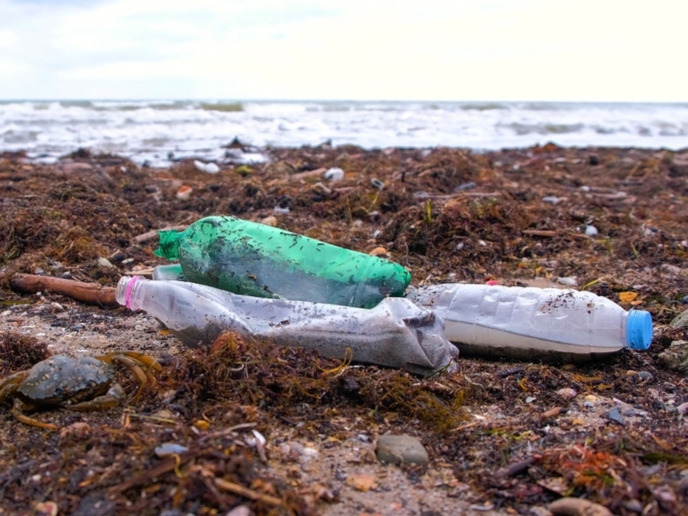Harvester boats clean debris and toxic algae from polluted waters
Two of the biggest problems in ensuring we have clean oceans are marine litter (principally plastics) and eutrophication, which causes algal blooms. Both pose a threat to marine animals, as well as human health and livelihoods. There does not yet exist an adequate full suite of solutions to address the challenge. What is needed is a solution that can bridge some of the current gaps, with the ability to harvest both litter and algae in hard-to-reach areas. Iceland’s Technology Development Fund supported Asco Harvester to build a prototype waterborne harvester, Sigri 9057. With EU support, the company has started the design, build and development phase for full-scale cleaning boats. The SAILCLEAN (A complete solution for sea cleaning: marine litter removal and optimal algal bloom harvesting) project has tested its solution in the Atlantic Ocean, with promising results. Tackling environmental, economic, health and aesthetic problems SAILCLEAN conducted a feasibility study into a new boat fleet that could ‘mow’ toxic algae and marine litter (including plastics), especially in difficult areas such as fjords, open oceans or river canals – as well as sustainably harvest marine resources. “The idea originally came from my family’s work to improve seaweed harvesting. We realised we could tweak the technology to collect debris, unwanted algae and plastic, as well as clear flood areas,” says Ms Anna Kristjansdottir, CEO of Asco Harvester and project coordinator. The SAILCLEAN team undertook trials with their Sigri 9057 prototype which harvested seaweed (ascophyllum nodosum), in Iceland last year, managing to harvest up to 30 tonnes per tide, higher than expected. The boat, with its customised hull and floating system, proved stable, even when working in difficult conditions, such as bad weather. One design feature, validated by testing, was the device’s automatic, custom-made, twin conveyor belt system (for collection and packaging) placed on a hydraulic cylinder, which transports the captured material directly in sacks. Once full, the sacks are snipped shut and a switch releases them into the sea, where they are attached to one another, forming a floating chain, retrievable by another ship. “The 1-3 tonne sacks offer high storage capacity, avoiding returns to port for unloading, and the conveyor belt enables continuous harvesting, with no interruptions, eliminating non-productive processing time,” Kristjansdottir says. Harvested seaweed can be dried or processed for fertilisers or food, while sea grass can be used for biodiesel, and toxic algae used as fertiliser, with plastics recycled. Improvements to meet a growing problem Worldwide, around 8 million tonnes of plastic enter the ocean annually – in densely populated areas as well as remote regions. Of the 5.25 trillion pieces of plastic debris in the ocean, 269 000 tonnes float on the surface, and 4 billion microfibres per km2 contaminate the deep sea, wreaking havoc on marine wildlife, fisheries and tourism. Damage to marine ecosystems has been priced at at least EUR 8 billion. The Harmful Algae Blooms (HABs), caused by anthropogenically-driven eutrophication (usually the release of nitrogen and phosphorous), lead to fish die-offs which jeopardise the fishing industry, as well as contaminated water supplies for populations. In the EU, the annual cost of cleaning up these blooms surpasses EUR 900 million, with a marked increase in the number of them reported over the last 25 years. The SAILCLEAN team will now further improve the boat design based on the tests and discussions with stakeholders. “Modifications will strengthen our offer of safety, accessibility, efficiency and sustainable harvesting,” affirms Kristjansdottir. “Customisation of the prototype into a product for our two target markets will incorporate the RECYCLE Model for plastics and debris collection and the BREED Model for sustainable algae harvesting.”







